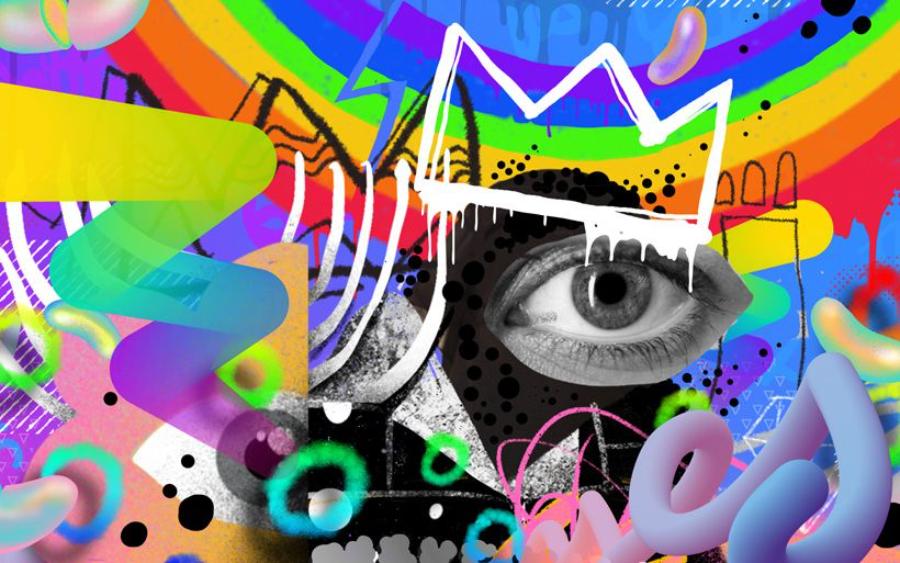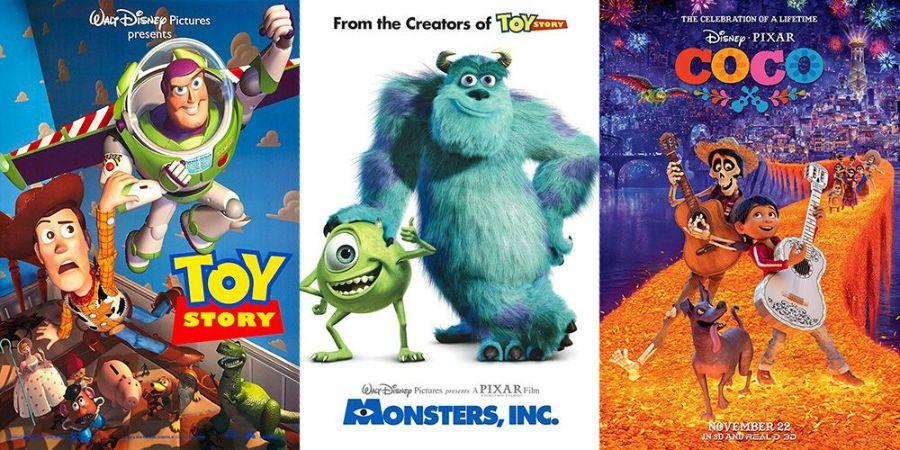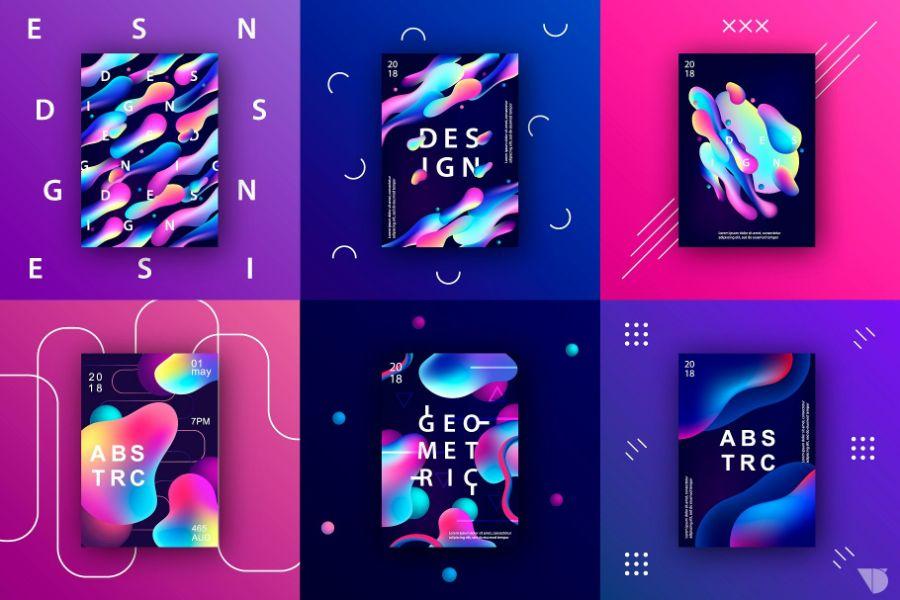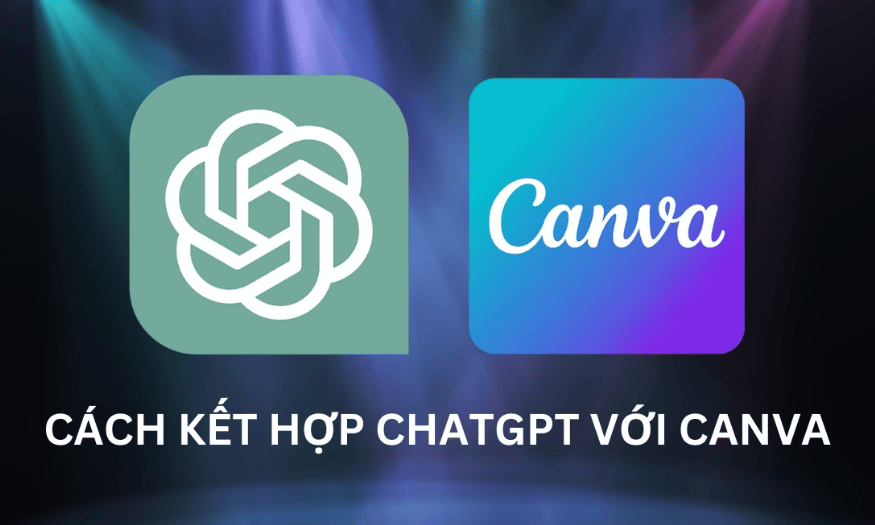Best Selling Products
Creative Arts Industries with Promising Future
Nội dung
- 1. User Experience Design (UX / UI Design)
- 1.1. Role and Development Trends
- 1.2. Career Opportunities and Skill Requirements
- 1.3. How to Develop In-Depth
- 2. Creative Content – Video, Animation, Podcast
- 2.1. Current Status and Development Potential
- 2.2. New Career Roles
- 2.3. Enhance Creative Value
- 3. Augmented Reality Art (AR/VR Art)
- 3.1. Overview and Future Trends
- 3.2. Job Position and Required Skills
- 4. Conclusion
Explore the potential fields of art in the future. This article provides an in-depth overview, development trends, career opportunities and tips to exploit your creative strengths.

Art is increasingly permeating every aspect of life, not only as a means of expressing emotions but also as a driving force for innovation in many fields. From augmented reality technology, user experience design, digital content production to healing arts, art-related industries are opening up attractive opportunities for creative enthusiasts. In the following article, sadesign will analyze each field in detail, the reasons for choosing it and how to develop yourself to break through in the future.
1. User Experience Design (UX / UI Design)
User experience design (UX Design) and user interface design (UI Design) are two inseparable fields, together creating digital products that are not only beautiful but also effective and easy to use.

1.1. Role and Development Trends
Currently, the UX/UI field is constantly evolving and shaped by many notable trends:
-
Multisensory Design (Haptic UX): This trend goes beyond sight and hearing, focusing on activating the user’s other senses, especially touch. For example, a phone vibrates slightly when a virtual button is touched, or a game controller vibrates in response to feedback from the in-game environment. Haptic UX aims to make interactions more realistic and immersive, adding a new emotional depth to the user experience.
-
Focus on emotional depth: Designers focus not only on solving functional problems but also on creating emotional connections with users. This involves understanding the emotions of users at each stage of the interaction and designing to evoke positive emotions (e.g. joy, trust, comfort).
-
Use Micro-interactions: These are small, subtle actions that are often short-lived, but play a big role in improving the user experience. Examples include the animation when you “like” a post, the response when you pull down to refresh a page, or the spinning loading icon. Micro-interactions make interactions dynamic, engaging, provide instant feedback, and make the product feel more “alive.” They’re small details that can make a big difference in the overall feel.
-
3D Design in UI/UX: With the development of technology and hardware, 3D elements are increasingly integrated into interfaces, bringing new depth, realism and interactivity, especially in AR/VR applications.
1.2. Career Opportunities and Skill Requirements
The UX/UI field is booming, opening up many diverse career opportunities with high recruitment demand. Popular positions in the industry include:
-
UX Designer (User Experience Design): Focuses on user research, behavioral analysis, user journey mapping, wireframing and prototyping to ensure the product is easy to use and solves the right user problem.
-
UI Designer (User Interface Design): Responsible for the visual aspect of the product, including color, typography, icons, layout, and other interface elements to ensure aesthetics and consistency.
-
Interaction Designer: Focuses on how users interact with products, designing action flows, animations, and feedback to create smooth and natural experiences.
-
UX Researcher: Conduct qualitative and quantitative research to gain in-depth user understanding, collect data, and generate insights that guide design.
-
Product Designer: An integrated role, encompassing UX, UI, and product thinking, responsible for the entire product lifecycle from ideation to deployment.
1.3. How to Develop In-Depth
To go far in the field of UX/UI Design, continuous learning and honing of skills is a prerequisite:
-
Take specialized courses: There are many online courses (Coursera, Udemy, edX) and specialized bootcamps in UX/UI that provide foundational knowledge and practical skills.
-
Real-world projects: There’s nothing more effective than getting your hands dirty. Look for opportunities to participate in mock projects, design competitions, or freelance for small startups to put your knowledge into practice and tackle real problems.
-
Join a community: Join UX/UI communities on social media (Facebook groups, Discord, Slack) or offline events, workshops. This is where you can learn from experienced people, get feedback on your designs and build relationships.
-
Build an Impressive Portfolio: A strong portfolio is key to impressing employers. A portfolio should not only showcase your finished products, but also demonstrate the depth of your creativity through your thought process, research, problem solving, and design decisions. Each project in your portfolio should tell a story about how you approached the problem, the steps you took, and the results you achieved.
-
Develop communication skills with visual design: The ability to present ideas, explain design decisions, and persuade stakeholders is extremely important. Visual design, including creating clear presentation slides, explanatory infographics, and other visual materials, will help you communicate your message more effectively.
-
Stay up to date with new trends and technologies: The UX/UI field changes rapidly. Read books, industry blogs, follow leading designers, and learn new tools to stay relevant.
2. Creative Content – Video, Animation, Podcast
In the digital age, creative content in multimedia formats is booming, reshaping the way we consume and transmit information. Video, animation, and podcasts are not only popular formats, but also powerful tools for connecting with audiences.

2.1. Current Status and Development Potential
The current reality shows that multimedia digital content, especially short videos on platforms such as TikTok, Instagram Reels and YouTube Shorts, are leading the new media trend. Users increasingly prefer short, engaging entertainment and educational content that is easy to consume anytime, anywhere. The explosion of these platforms has created a revolution in the way individuals and businesses reach their target audiences. The ability of short videos to spread quickly helps messages reach millions of people in a short time, opening up huge marketing and branding potential.
Alongside video, podcasts are also on the rise, becoming an important platform for both personal and business brands. With the convenience of consuming content on the go (driving, exercising, doing housework), podcasts have attracted a large and loyal audience. They are an ideal channel for sharing in-depth knowledge, interviewing experts, telling stories, or building a community around a particular topic. The potential of podcasts lies in their ability to create deep relationships with audiences, build trust, and establish themselves as experts in the field.
Overall, both video, animation and podcasts have great potential for growth because they meet the demand for diverse, accessible content and have the ability to create strong emotional connections with viewers/listeners.
2.2. New Career Roles
The growth of these content formats has created many new and potential career roles:
-
Animator: An expert in creating 2D or 3D animations. They turn ideas into vibrant moving images, from product explainer animations to music videos or short films.
-
Motion Designer: Focus on creating motion graphics, which is putting static graphic elements (text, icons, images) into motion. They often work with videos to create intros/outros, text effects, transitions, or graphic elements in promotional and explainer videos.
-
Content Creator: This is a generalist role that includes people who produce a variety of content, from videos, images, articles, to podcasts. They are good at storytelling, know how to turn ideas into engaging content that is suitable for each platform.
-
Social Media Manager: Responsible for managing and developing content on social media platforms. This position requires a deep understanding of user behavior on each platform, content trends, and how to optimize for maximum engagement.
To be successful in these roles, professionals need to possess the following core skills:
-
Storytelling: The ability to turn information into a compelling, emotional story that easily connects with an audience, regardless of the format: video, animation, or podcast.
-
Video editing (Premiere Pro, CapCut, DaVinci Resolve): Proficiency in professional video editing software is a must. From cutting, adding background music, color correction to basic effects.
-
Motion Graphics (After Effects): Skills to create animated text effects, animated logos, and animated infographics to make videos more professional and engaging.
-
Recording – Mixing – Dubbing (Audition, GarageBand, Audacity): For podcasts and videos, the ability to record high-quality audio, mix audio, and dub (if needed) is crucial to the quality of the output.
-
Understand social media platform behavior: Know how to optimize content for each platform (TikTok, Instagram, YouTube) in terms of length, format, hashtags, and posting times to achieve maximum reach and engagement.
2.3. Enhance Creative Value
To make your content not only effective but also memorable, it's important to continually enhance your creative value:
-
Develop a personal style: This will help you stand out from the sea of content. Find your unique selling point, whether it’s your tone of voice, storytelling style, visual style, or niche topic. Being consistent in your style will help your audience recognize and remember you.
-
Combining education and entertainment (Edutainment): This is a golden formula. Content should not only be purely entertaining but also provide useful information and knowledge. For example, a humorous video that conveys a scientific message, or a podcast that tells a story about history in an engaging way.
-
Optimize Video SEO and Leverage Analytics: Just like websites, videos and podcasts need to be optimized for search. Learn how to use keywords in your video titles, descriptions, and tags. For podcasts, optimize episode titles and descriptions. Also, regularly analyze data (analytics) from your platforms to understand who your audience is, what they like, and when they engage best. This data is key to continuously improving your content.
-
Experiment with different content: Don’t be afraid to experiment with different formats, styles, and topics. Your audience may be surprised by a new type of content you never thought of.
-
Engage with your community: Build a community around your content. Respond to comments, participate in discussions, listen to feedback from your audience. This not only helps you get to know them better, but also builds engagement and loyalty.
-
Continuously improve based on feedback: Feedback from your audience, whether positive or negative, is a valuable source of information. Learn to listen, analyze, and apply that feedback to improve the quality of your content in the future. Being open-minded and adaptable will help you stay relevant and grow sustainably.
3. Augmented Reality Art (AR/VR Art)
Augmented Reality (AR) and Virtual Reality (VR) represent a quantum leap in the digital realm, opening up entirely new interactive spaces. This is not just a technology but also an art form, where creators can create immersive and vivid experiences, breaking the boundary between the real and virtual worlds.

3.1. Overview and Future Trends
AR and VR create immersive interactive spaces by overlaying (AR) or completely replacing (VR) the physical environment with digital elements. The key difference is that AR integrates virtual objects into your real world through the camera of your phone or wearable device, while VR immerses you in a completely different virtual world. Both technologies are being applied strongly and increasingly widely in many fields:
-
Entertainment: From immersive VR games, virtual concert experiences, to AR art museums.
-
Education: Surgical simulation for medical students, 3D historical tours, interactive learning with complex physical models.
-
Health care: Support psychological therapy, training skills for doctors, rehabilitation for patients.
-
Commerce: Customers can try on virtual clothes, place furniture in their homes
3.2. Job Position and Required Skills
The growth of AR/VR opens up new potential job positions that require a combination of artistic and technical skills:
-
Digital Sculptor: Expert in creating detailed, complex 3D models, often using digital sculpting tools to sculpt characters, objects, or environments.
-
3D Motion Designer: Focuses on creating animations and movements for 3D objects in AR/VR environments, ensuring they interact smoothly and naturally.
-
Environment Artist: Responsible for designing and building the entire 3D environment in AR/VR applications, including terrain, architecture, trees, and surrounding details.
-
UX for AR/VR Designer: A specialized role of UX Designer, focused on designing user experiences in 3D spaces. They study how users interact in virtual environments, designing navigation flows, feedback, and 3D interface elements.
4. Conclusion
Creativity in the arts is not limited to paintings, music or dance. The future opens up countless opportunities in digital experiences, healing arts, creative interiors, digital fashion, game design, immersive events and many other fields. To keep up with the trends, it is necessary to supplement professional skills, technological tools, cultural capital - extensive knowledge, and at the same time build an impressive professional network - portfolio. With a mindset of continuous learning, skillfully combining emotions and techniques, you can absolutely stand firm and pioneer in the creative world of tomorrow.












































